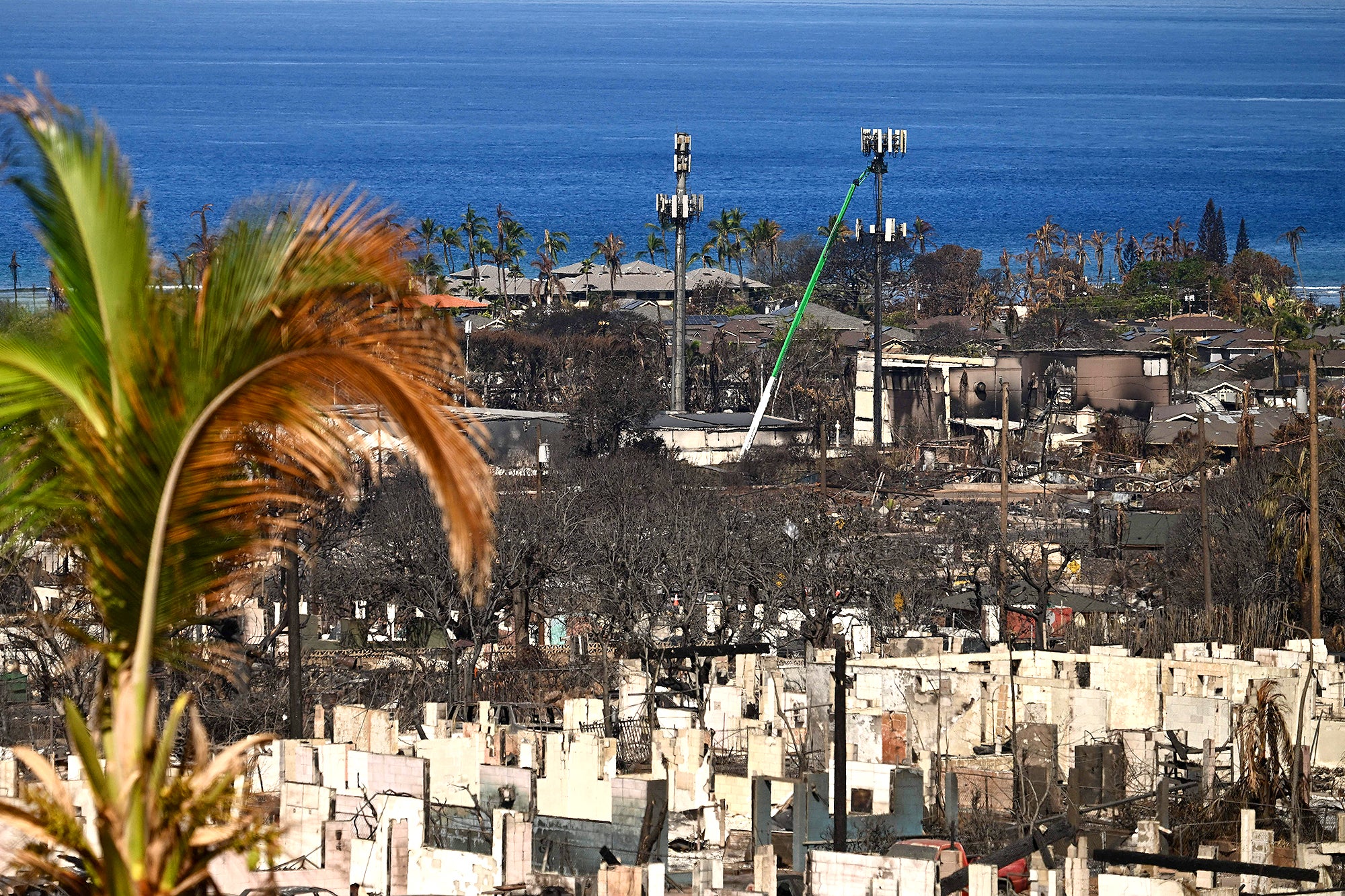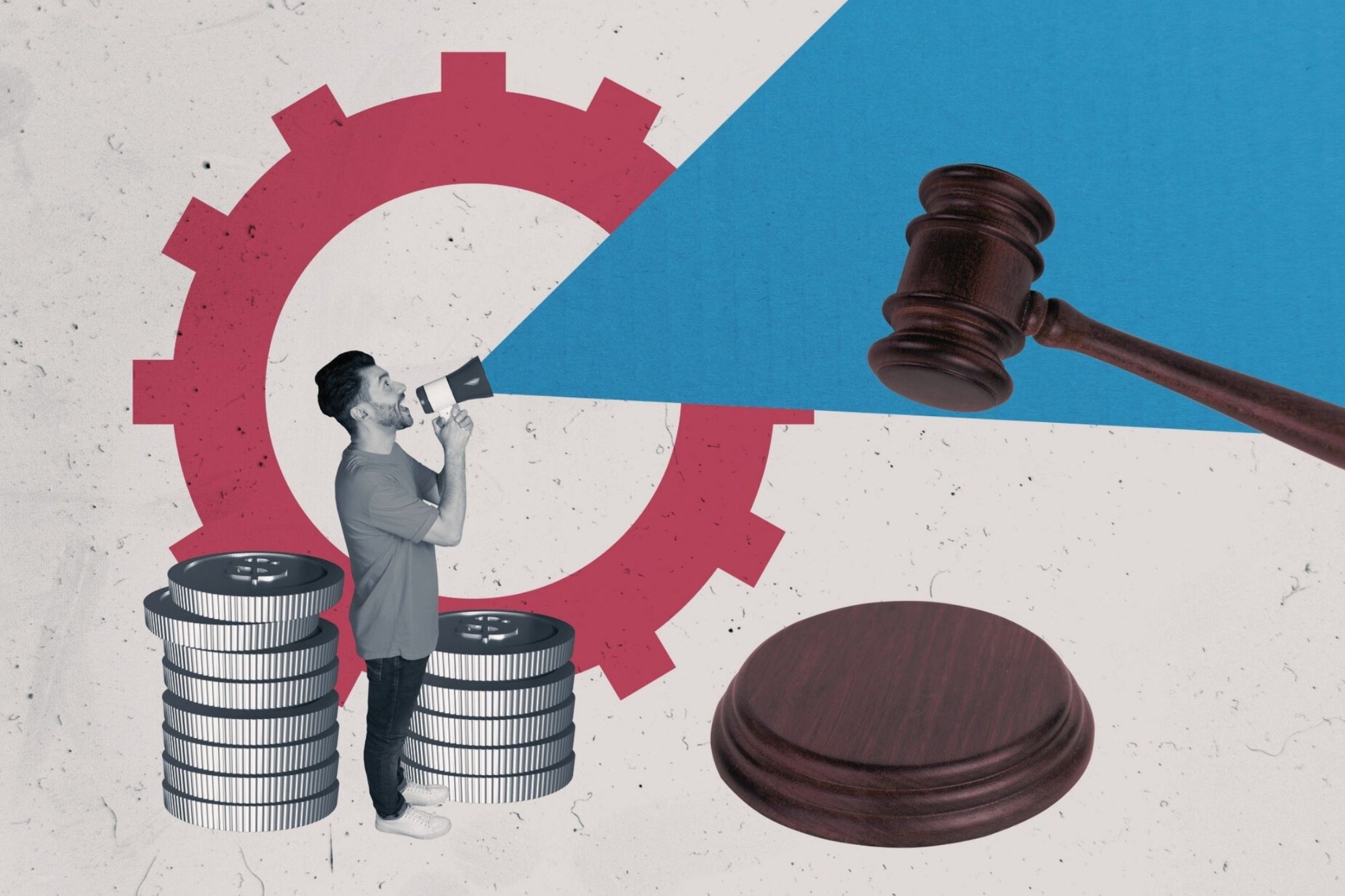Telecommunications grids are vulnerable to worsening climate disasters—which highlights the importance of one age-old survival system
When sudden wildfires ravaged the Hawaiian island of Maui this August, one of the first casualties was the local telecommunications grid. As people scrambled to escape the deadliest U.S. wildfire in more than a century, their cell phone service vanished. The resulting inability to contact loved ones, hear weather forecasts or plan an escape route turned a bad situation dire. Similar scenes recently played out in Canada’s Northwest Territories when wildfires there damaged communication infrastructure.
“Every disaster I’ve been a part of, every disaster I’ve read about, communications are the first to go,” says Alison Poste, an emergency management professional based in British Columbia. “It’s a really big challenge. For those who don’t have cell phone access and those who don’t have access to alerting tools, we don’t know what to do.” Disasters such as wildfires, hurricanes and flooding are increasing in both frequency and intensity. Ensuring that everyone confronting such a disaster—residents, first responders and emergency managers alike—has the means to properly communicate is critical. That effort faces a sprawling array of obstacles, but a scattering of individuals, businesses and local governments are working to overcome them.
In most communities, cell phones are the locus of information gathering and distribution during a disaster. Local governments can send text alerts with essential updates, and until recently, emergency managers used Twitter (the social network recently renamed X) to disseminate critical information. There are other emergency-notification tools, including the apps Alertable and Everbridge. But these resources rely on users having an active cell signal—and cell towers and other infrastructure can be quickly disabled in a fire, flood or other disaster, creating a chaotic and dangerous information bottleneck.
“If you lose your phone, and it’s a perfectly normal Tuesday…, you’re really in
















